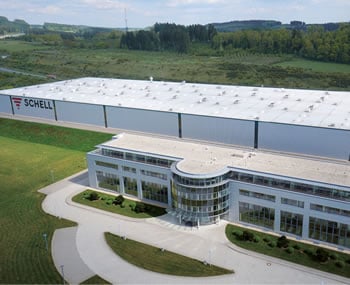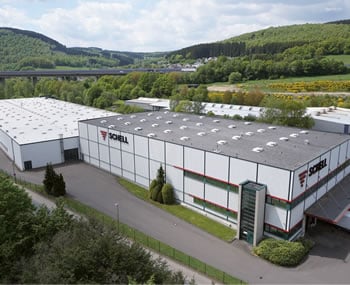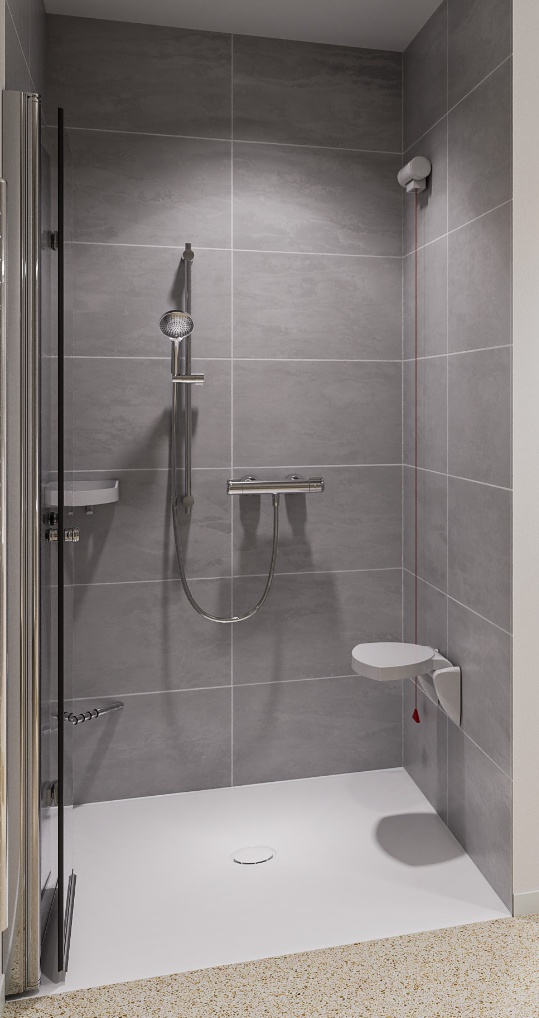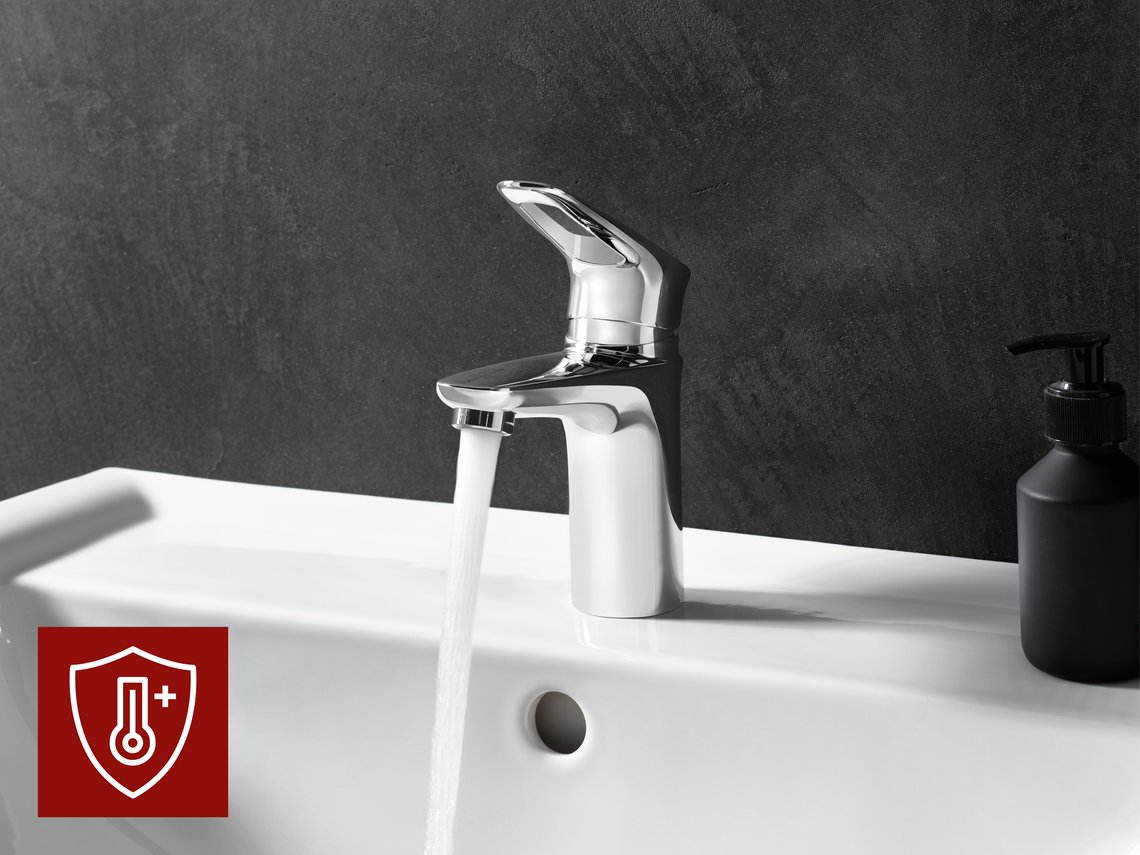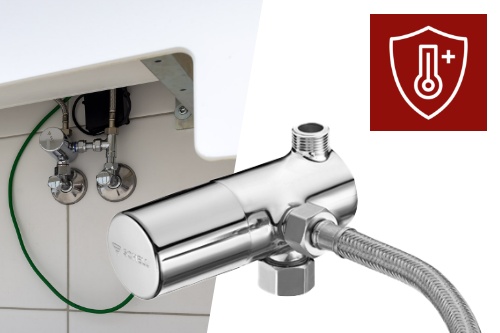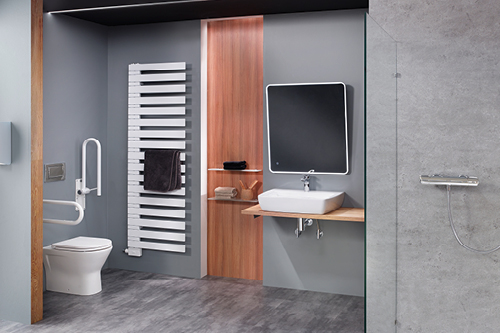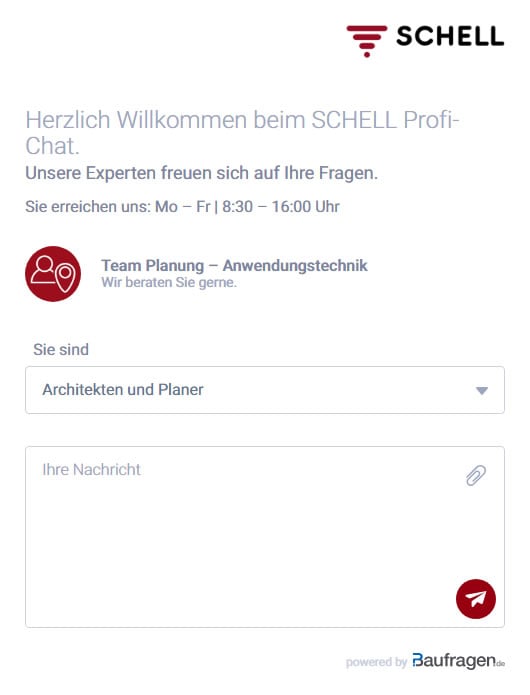Accessible sanitary facilities: anti-scalding and burn protection are also important
From private households to day nurseries, care homes and public buildings – the demand for accessible sanitary facilities continues to grow. The aim is to enable the vast majority of people to use the sanitary facilities as normally as possible and without any outside help. Accessibility is not only important for an ageing population but also satisfies a growing awareness of the need for convenience and inclusion. But what does ‘accessible’ mean, actually? Accessibility isn’t just about having enough space and keeping sanitary equipment in easy reach – but is also about safety and protection from potential hazards.
One decisive but often forgotten aspect is protection from scalding and burn injuries. Especially in the case of older people or people with reduced mobility, hot water or overheated surfaces can result in very serious injuries. These kinds of risks can be minimised simply and reliably with SCHELL fittings that feature anti-scalding and burn protection.
Accessible or ‘accessible features’ – what’s the difference?
What requirements have to be met by an accessible sanitary facility – and how is this different from a bathroom with accessible features? The difference between accessible bathrooms and those with accessible features depends on the fulfilment of certain standards and ease of access for people with physical limitations. A properly accessible bathroom meets the requirements of the DIN 18040 standard (DIN 18040-1 for publicly accessible buildings and DIN 18040-2 for private households – now recently published as a new draft), and can be used without restrictions by people with limited mobility, wheelchair users and senior citizens.
Key elements of accessibility here include the following:
- A door width of at least 80–90 cm
- Free space of at least 150 x 150 cm in front of the WC, wash basin and shower.
- Floor-level shower with grab bars
- Wash basin that a wheelchair can fit underneath
- Non-slip floor coverings
A bathroom with accessible features is not designed for standards compliance, however, and offers only a few accessibility aids like a floor-level shower or grab bars. Such a bathroom is therefore more suited to people with minor physical limitations – although interpretations of course vary. This is because the terms ‘accessible’ and ‘wheelchair accessible’ are precisely defined in standards, while the meaning of ‘more accessible’, ‘suitable for seniors’, ‘wheelchair-friendly’, etc. is not defined in laws or standards.
Hot water as a safety hazard: anti-scalding and burn protection is also part of accessibility
One key aspect that is often forgotten when equipping accessible bathrooms – although extremely important – is ensuring reliable protection against burn and scald injuries. Exposure to hot water or a hot surface can easily result in serious injury – especially in the case of people who have sensitive skin or slower reaction speeds. In high-risk areas such as day nurseries, or residential and care homes, taking the appropriate safety precautions is therefore absolutely essential.
Scalding versus burns – where are these hazards to be found?
The risk of scald injuries is especially high in bathrooms, because people use hot or very hot water while showering, bathing and washing their hands. The high temperature of the water in the hot water line before being mixed with cold in the fitting is necessary for health – as a safeguard against Legionella. This is what makes safe fittings technology so important. Scald injuries to the skin happen after contact with hot water or water vapour – and can occur after only a few seconds. Alongside the immediate risk of scalding, people may also suffer other injuries as they try to avoid the heat source. The risk of falling is especially high in showers, as the water makes flooring slippery.
Burns, on the other hand, result from the skin coming into contact with hot surfaces. In the bathroom, these surfaces could be on hot radiators, styling tools like straightening and curling tongs or the housing on a fitting that has heated up from hot water. If people with reduced mobility reach out to grab the shower fitting from habit, this could also cause a fall when they snatch back their hand as a reflex. People with slower reaction speeds or who have some form of loss of sensation may also fail to realise they have touched a hot surface in time and suffer burn injuries as a consequence.
Standards for anti-scalding protection
Various standards and technical codes prescribe measures for protecting against scald injuries – and especially in care facilities, hospitals and day nurseries:
- DIN EN 806-2: In section 9.3.2 of this ‘Specification for installations inside buildings conveying water intended for human consumption – Part 2: Design’, the standard states that hot drinking water installations must be designed “so that the risk of scalding is minimised..”
- The standard also requires the following: “At outlets where particular attention is required for the control of temperature such as hospitals, schools, elderly people’s homes, etc., the installation of thermostatic mixing valves with maximum temperature limiting devices should be considered to minimise the risk of scalding. Recommended maximum temperature is 43 °C. At shower installations, etc. in kindergartens and certain sections of nursing homes care should be taken to ensure that the temperature cannot exceed 38 °C.”
- DVGW W551 and DIN 1988-200: These technical codes recommend the exclusive use of “draw-off taps with individual locks … and anti-scalding protection provided as necessary.”
SCHELL fittings with protection against scalding and burns
To safeguard user health, reliable protection against burns and scald injuries should always be provided as part of an accessible bathroom. With innovative technologies like ThermoProtect and the IsoBody housing for fittings, SCHELL offers well-designed solutions for safely equipping showers and wash basins in accessible sanitary facilities.
SCHELL’s XERIS E²-T electronic wash basin faucet also provides reliable anti-scalding protection, thanks to its ThermoProtect technology. Contactless operation is provided by the infrared sensor. This makes the faucet especially user-friendly and hygienic to use, as it significantly reduces the risk of disease transmission via the hands – an additional benefit in residential and care homes as well as day nurseries.
Uncompromising safety
Accessible bathrooms should not only be easier to access thanks to extra-wide doorways but should also be equipped with safe fittings. Effective protection against scald injuries and burns should therefore be part of the basic fit-out – and especially in the high-risk environments found in care homes and public sanitary facilities. With intelligent solutions like the MODUS MD-T exposed shower fitting and wash basin taps with ThermoProtect technology, SCHELL offers reliable and user-friendly options to make accessible bathrooms safer – guaranteeing greater user comfort and protection in day-to-day use.

![[Translate to English:] [Translate to English:]](/fileadmin/_processed_/1/b/csm_symstemloesungen_e2_thumb_6bca267f26.jpg)
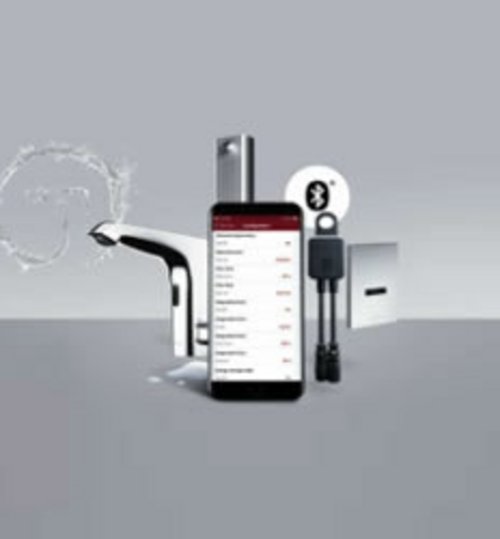
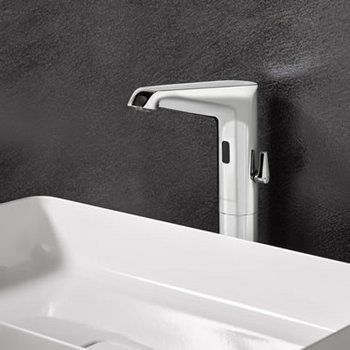
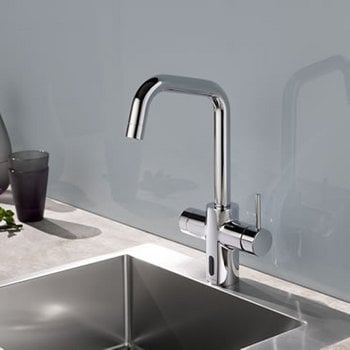
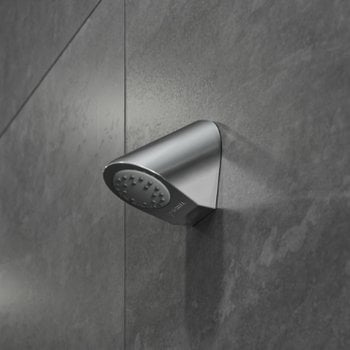
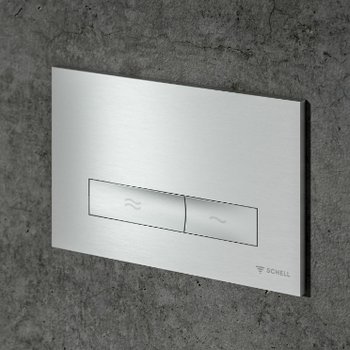
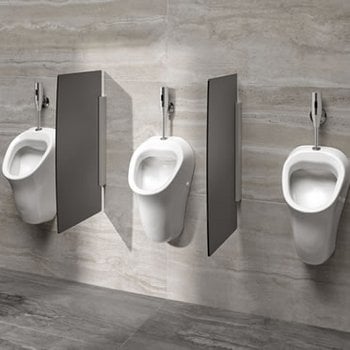

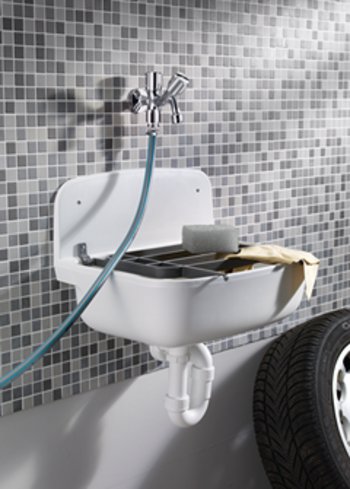
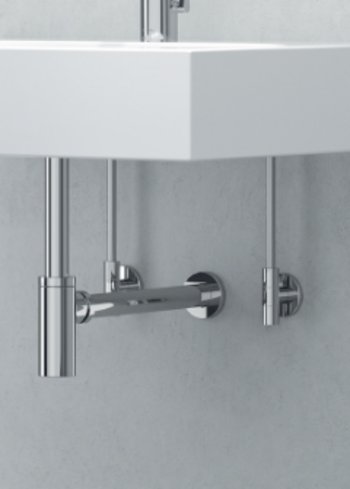

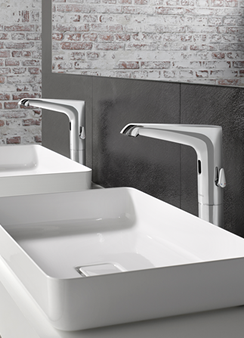
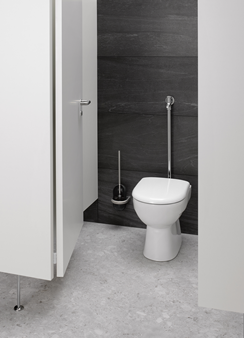
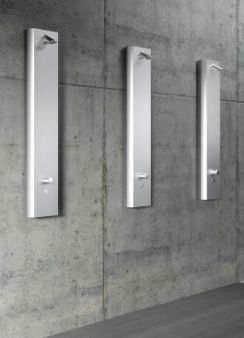
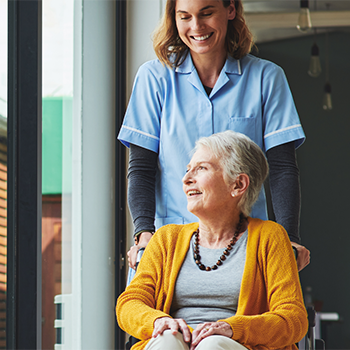
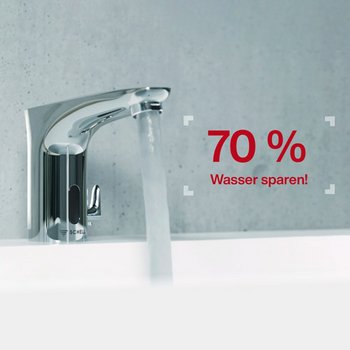
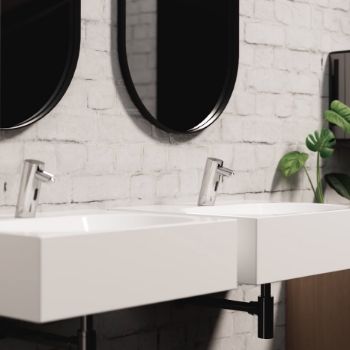

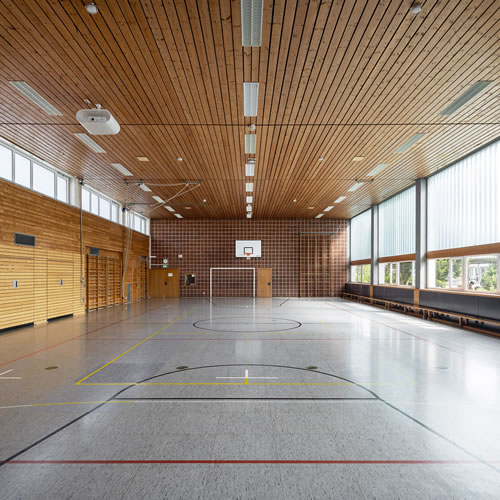
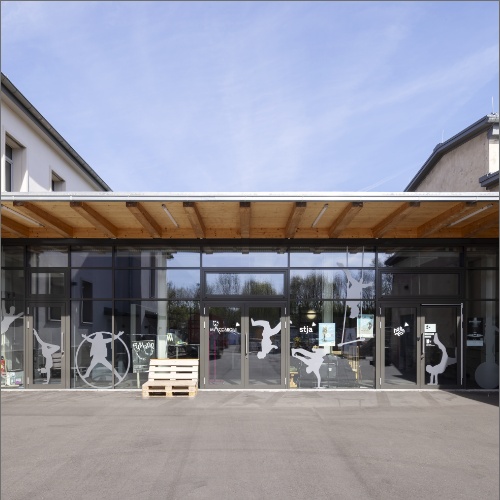
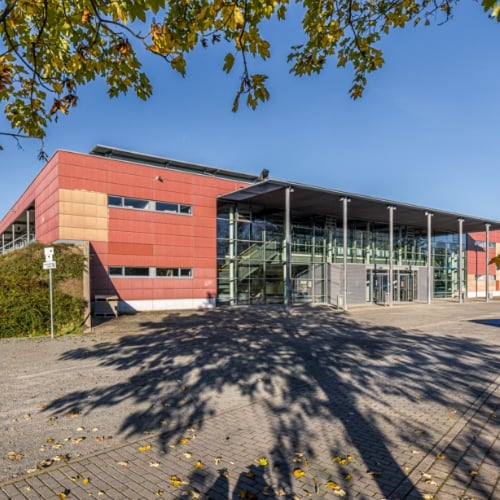
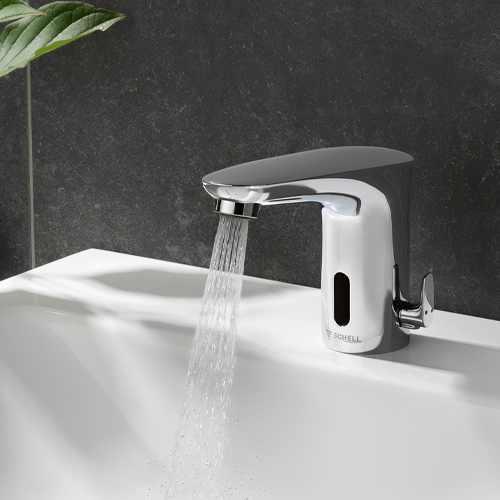
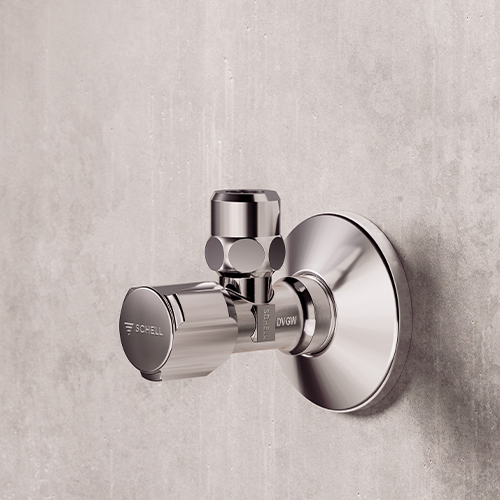
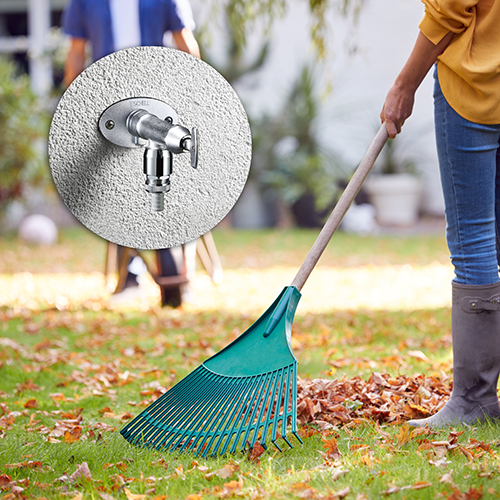
![[Translate to English:] [Translate to English:]](/fileadmin/user_upload/images/menu/menu_service_downloads_broschueren.jpg)
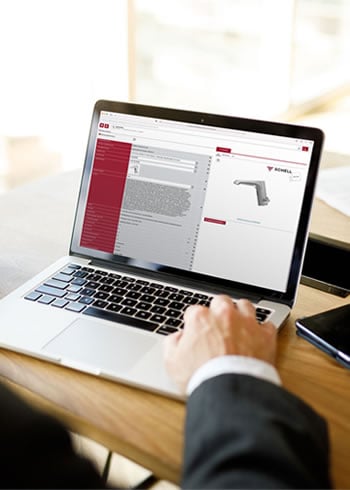
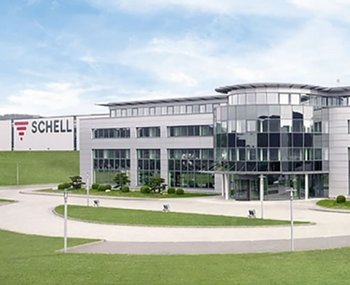


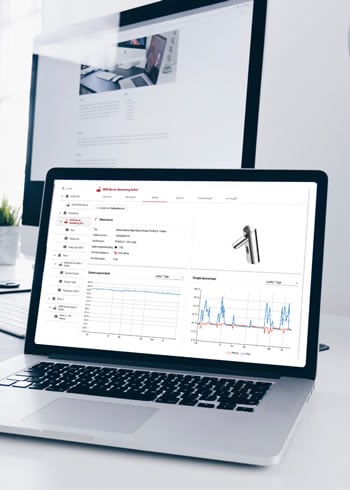
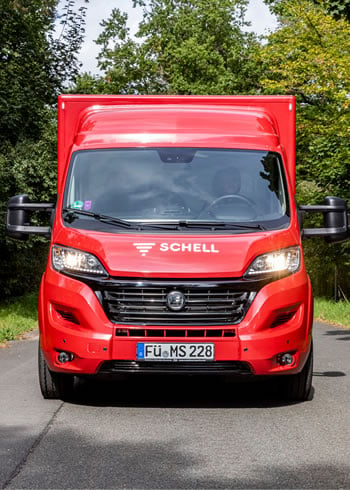
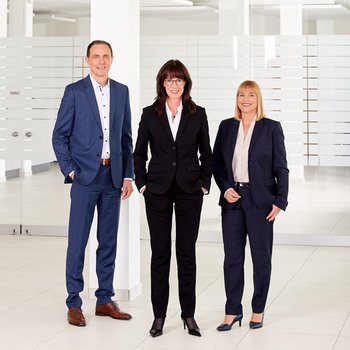
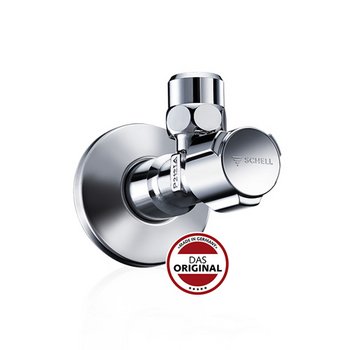
![[Translate to English:] [Translate to English:]](/fileadmin/_processed_/7/7/csm_menu_unternehmen_ueber-schell_awards_f6cec25b1d.jpg)
![[Translate to English:] [Translate to English:]](/fileadmin/_processed_/a/0/csm_menu_unternehmen_ueber-schell_wasser-sparen_41036d2dd9.jpg)


